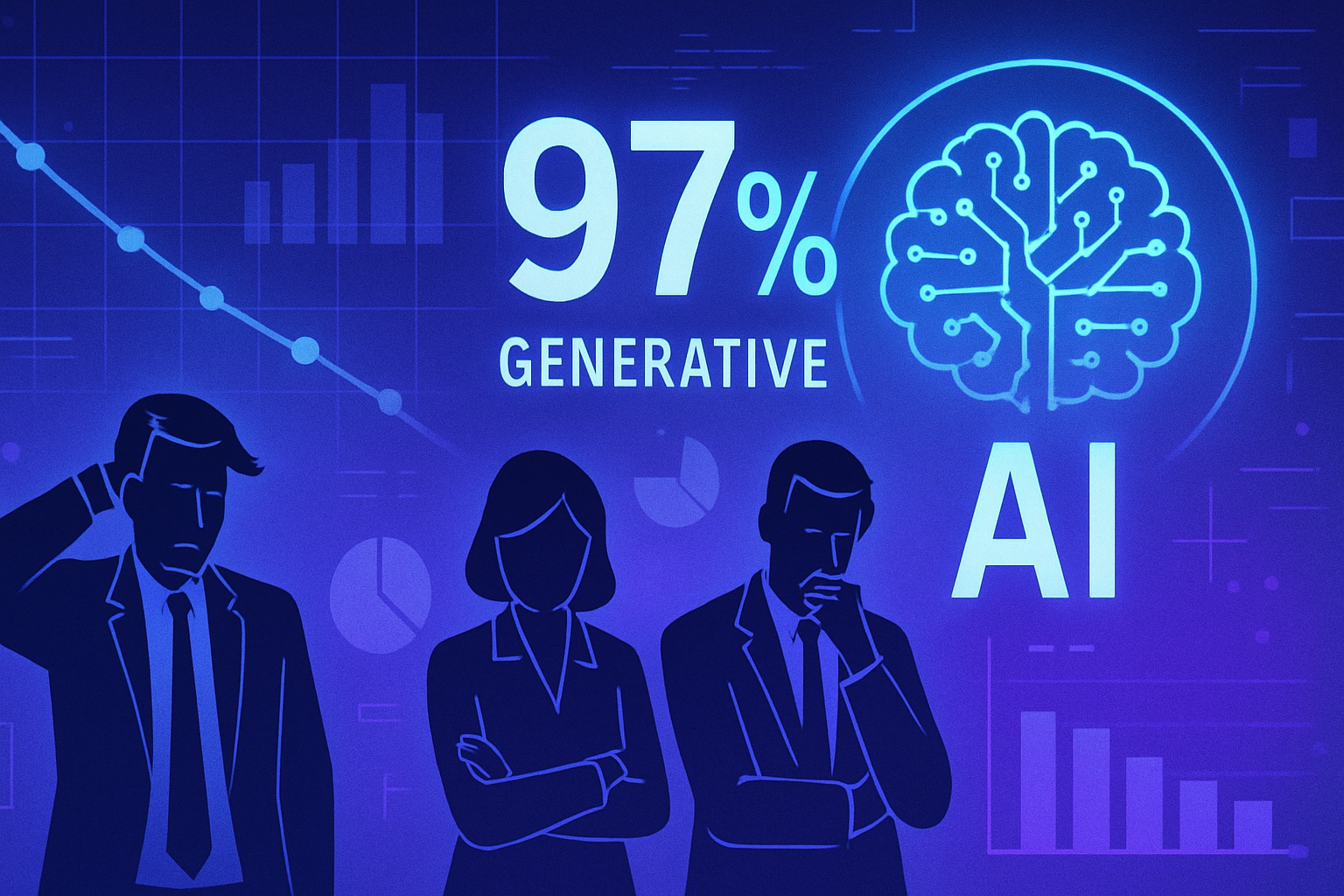Redefining artificial intelligence is a major challenge in the design of 3D environments. The Munich-based start-up Spaitial is innovating with groundbreaking models. These fundamentally new models bring a physical understanding of space. Moving away from traditional methods, this company introduces an alternative to 2D image generating systems. With revealing three-dimensional environments, the power of interaction becomes limitless. These advancements will transform the immersive media and digital infrastructure sectors. The potential applications, ranging from autonomous robotics to urban simulation, appear abundant.
Spatial Foundation Model Technology
The start-up Munich-based Spaitial is developing innovative artificial intelligence models, called Spatial Foundation Models (SFM). These systems enable the creation and interpretation of complex 3D environments from images and text. The main objective is to equip artificial intelligence with a physical understanding of space, a major shortcoming of current models.
How SFMs Work
SFM systems move away from conventional generative AI systems that rely on pixels or text. They act directly on 3D structures such as geometry, materials, and physical properties. This approach provides a more coherent temporal and spatial representation, necessary for processes such as physical process simulation.
Diverse Applications
The potential applications of SFMs extend across various sectors. The fields of video games, cinema, and augmented/virtual reality (AR/VR) benefit from this technology. Additionally, digital twins for planning, robot automation, and urban and industrial infrastructure modeling also represent significant application areas.
Immersive Interactions
Spaitial has designed its models to generate photorealistic and physically accurate 3D scenes from a simple image or a short video clip. Users can interact with these environments dynamically, navigating from one camera angle to another. This innovation aims to standardize and enhance the consistency of reproductions.
Financial Background and Team Development
In a growth spurt, Spaitial has closed a funding round of $13 million, led by Earlybird Venture Capital. This funding round, enriched by renowned investors like Robin Rombach, aims to advance SFM technology and expand the team. The company also plans strategic partnerships to test specific applications.
Technical and Entrepreneurial Skills
The founder Matthias Niessner, a professor at the Technical University of Munich, combines technical expertise with entrepreneurial vision. Other co-founders like Ricardo Martin-Brualla and David Novotny also bring valuable skills acquired at Google and Meta. These partners form an experienced team capable of navigating the advanced artificial intelligence domain.
Research and Partnerships
Research is distinguished by the integration of expertise. Renowned researchers, such as Katja Schwarz, who co-developed 3D generative models, also contribute to Spaitial’s projects. Their combined skills foster the development of significant innovations in the field of 3D representations.
Advancements in Digital Twins
Advancements in digital twins, particularly in projects like those mentioned here, illustrate the importance of artificial intelligence in modeling real structures. These technologies enhance the monitoring and management of urban infrastructures, thereby promoting innovation in the industry.
Vision on Artificial Intelligence
The physical understanding in AI models paves the way for creating models of the world, enabling AI agents to interact effectively in dynamic environments. The future of SFMs looks promising, envisioning broad adoption in various sectors such as architecture and engineering.
Frequently Asked Questions about Generative Artificial Intelligence and 3D Modeling with Spaitial
What are Spatial Foundation Models (SFM)?
Spatial Foundation Models are artificial intelligence models developed by Spaitial, designed to generate and interpret 3D environments based directly on 3D structures like geometry, materials, and physical properties.
How do SFMs stand out from traditional generative AI systems?
Unlike AI systems that primarily work with pixels or text, SFMs focus on 3D representations, thus providing a much more realistic physical and temporal understanding of environments.
What types of content can be generated using SFMs?
SFMs can produce photorealistic and physically accurate 3D scenes from inputs such as a single image, a short video, or text, allowing users to explore the environments interactively.
What are the benefits of having a physical understanding in AI models?
Having a physical understanding allows AI models to navigate and act more accurately in complex and dynamic environments, which is essential for applications such as physical simulation or autonomous robotics.
In which sectors can Spaitial’s applications be used?
Spaitial’s technologies can be applied in various fields such as video games, cinema, augmented and virtual reality, as well as in modeling industrial or urban infrastructure and simulating digital twins.
How does Spaitial plan to test its practical applications?
Spaitial plans to collaborate with companies to test specific SFM applications in their field, fostering innovation and adapting technologies to market needs.
What is the background and expertise of Spaitial’s founding team?
Spaitial’s founding team brings together technical and entrepreneurial experts, including a professor from the Technical University of Munich, former employees of Google and Meta, and specialists in 3D modeling, ensuring a holistic and innovative vision.
How can I gain early access to Spaitial’s technologies?
Interested individuals can sign up for a waiting list offered by Spaitial to have an opportunity to access their technologies early.






